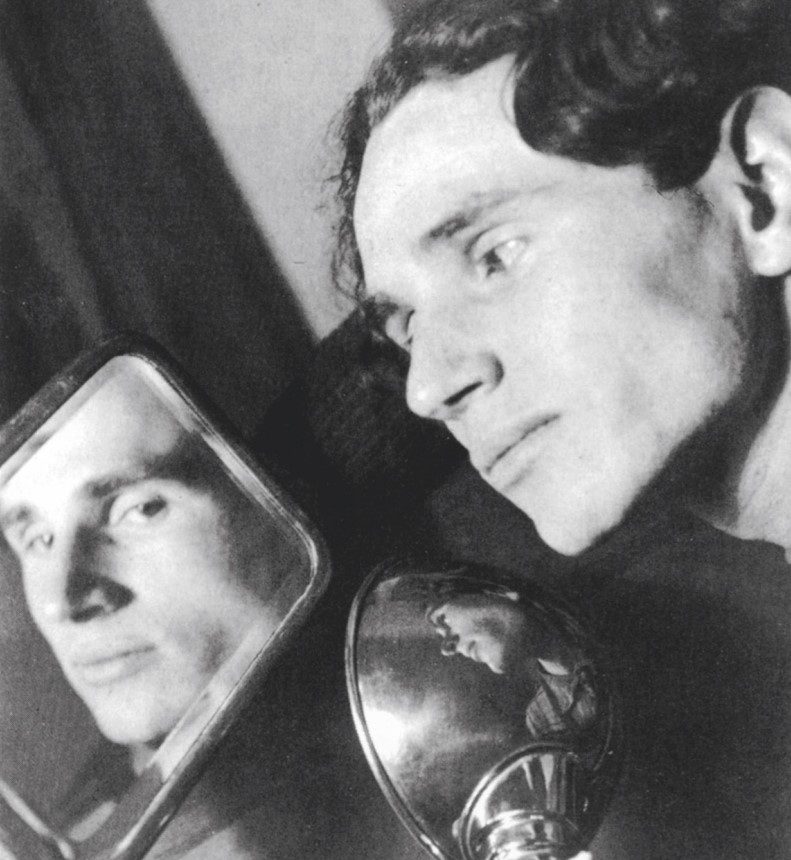Georges ASCHER
January 1, 2019Jacob BALGLEY
January 1, 2019Moses BAGEL (born Moshe Bahelfer)
VILNIUS 1908 – PARIS 1995
Bagel took an interest in painting from a young age and took evening classes at the Vilnius Academy of Arts. He joined the Yungvilno group, which was formed by young artists, Yiddish writers, and poets from Vilnius, and he contributed to the exhibitions organized by the group. In 1927, he left for Germany where he joined the Bauhaus arts and architecture school in Dessau. From 1928 to 1932, he studied under Paul Klee, Wassily Kandinsky, and Lyonel Feininger. His painting was then very close to abstract art. He later maintained close bonds with former students of the Bauhaus school who lived in Paris: Joseph Weinfeld, Jean Leppien, and Gitel Gold, who he married in 1932, with whom he had a son Amos. Bagel settled in Paris in 1933, illustrated children’s books for the publisher Nouvelle Revue Française and worked on photographic reports for the VU agency.
In 1939, he enlisted in the French army. He was discharged from service, and worked for an architect in Toulouse during the Occupation. He was involved in the Résistance making fake documents. After the Liberation, Bagel returned to Paris and illustrated numerous Yiddish journals, such as Presse Nouvelle (New Press), Droit et Liberté (Law and Freedom), La Semaine Juive (The Jewish Week), A Nouveau (Once Again). He also illustrated several books including Montre by Sholem Aleichem. He also produced theater sets and costumes for the Yiddish art theater company YIKUM. From 1947 to 1968, he ran the Twentieth Century Fox design studio. At the same time, he lectured on painting. In 1959, for the centenery of Sholem Aleichem’s birth, UNESCO commissioned him to create a series of fifteen large paintings inspired by the Yiddish writer’s work. After exhibiting his work at UNESCO in Paris, he gave it to the Sholem Aleichem foundation in Tel Aviv. From 1945 to his death, Bagel was involved in the journal Architecture d’aujourd’hui (Architecture Today).
Stories of Jewish Artists of the School of Paris 1905-1939
FRENCH-ENGLISH
Capitale des arts, le Paris des années 1905-1939 attire les artistes du monde entier. De cette période de foisonnement, un terme est resté, celui d'Ecole de Paris, qui recouvre une grande diversité d'expression artistique. Dans ce brassage dont Montparnasse est le creuset, un groupe se distingue : celui des artistes juifs venus de Russie, de Pologne et d'Europe centrale. Si leurs styles sont variés, un destin commun les rassemble : ils fuient l'antisémitisme de leur pays d'origine. Certains ont connu la célébrité dès les années 1920, tels Soutine, Lipchitz ou Chagall. D'autres n'ont pas eu le temps ou la chance d'y accéder. Près de la moitié a péri dans les camps de concentration nazis.
From 1905 to 1939, Paris attracted artists from all over the globe as the capital of the art world. This period of artistic proliferation became known as the School of Paris, and includes a great diversity of artistic expression. Within the teeming art world centred on Montparnasse, one group set itself apart: Jewish artists from Russia, Poland, and Central Europe. Although their styles were diverse, they shared the common fate of fleeing anti-Semitic persecutions in their home countries. Some became famous in the 1920s, such as Soutine, Lipchitz, and Chagall, while others did not have the time or the luck to gain renown. Nearly half of these artists died in Nazi concentration camps.





